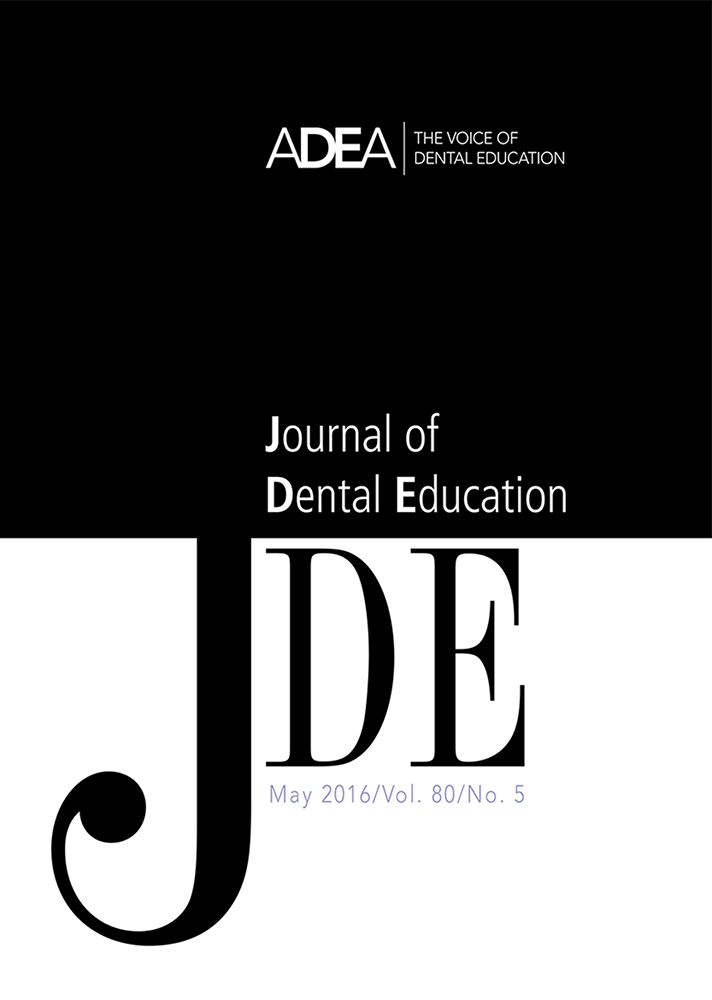Assessment of Mass Fatality Preparedness and Response Content in Dental Hygiene Education
Abstract
When mass fatality incidents (MFIs) occur, they can quickly overwhelm local, state, and government agencies, resources, and personnel. It is important to have a rapid and effective response with skilled, multidisciplinary victim identification teams since specific skill sets are necessary to participate in mass fatality preparedness and response. The aims of this study were to determine the extent of formal education related to mass fatality preparedness and response training in U.S. dental hygiene programs and to assess program directors’ perceptions of the need for such training. A 23-item cross-sectional survey was emailed to 319 U.S. dental hygiene programs in 2015. Survey questions addressed if the program offered mass fatality preparedness and response training to its students and how much training was given, as well as collecting respondents’ demographics and opinions regarding education and training. An overall response rate of 36% was obtained, with 111 program chairs completing the survey. The results showed that only a small percentage of responding programs incorporated coursework related to mass fatality and preparedness in their curricula. Of the responding programs, 84% had no formal instruction on the role of a dental hygienist in MFIs; however, 53 of 69 program directors agreed or strongly agreed that the role of dental hygienists in MFIs should be covered in dental hygiene curricula. The top three barriers to incorporating such training reported by respondents were time requirements, lack of faculty expertise, and lack of equipment. Future research is needed to establish standardized competencies for mass fatality preparedness and response in dental hygiene education.




